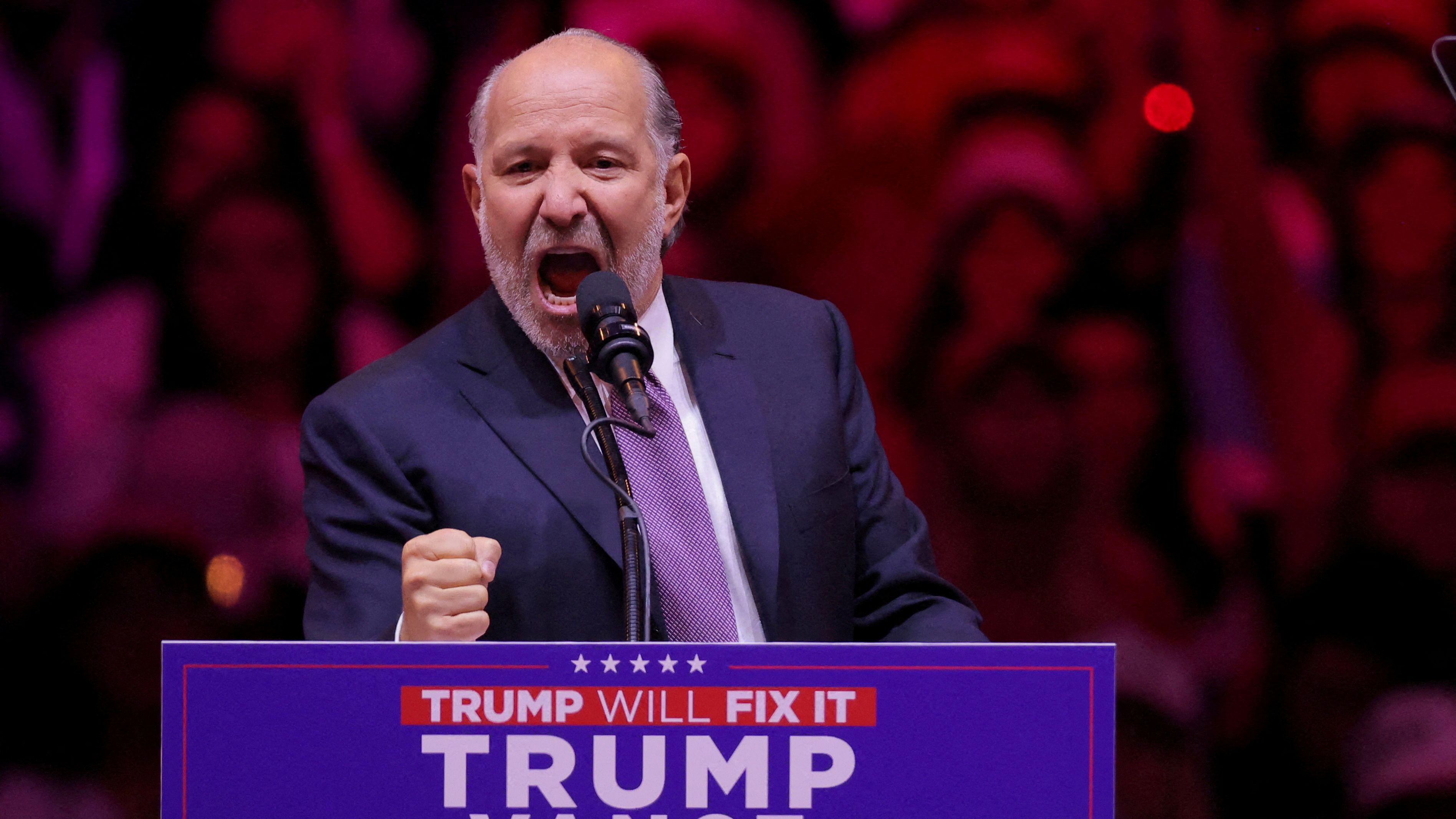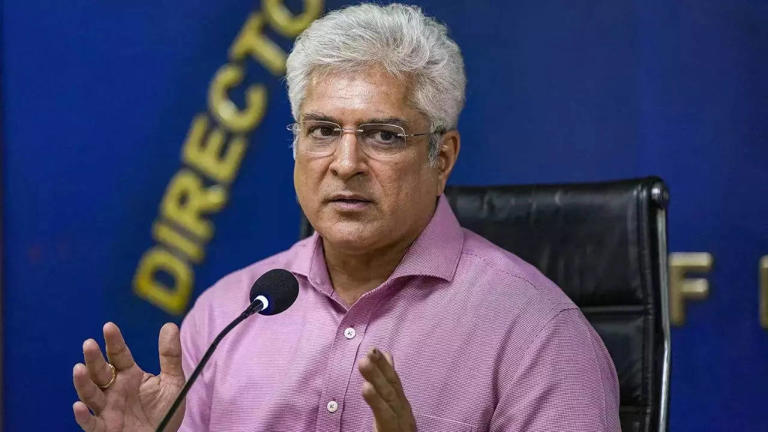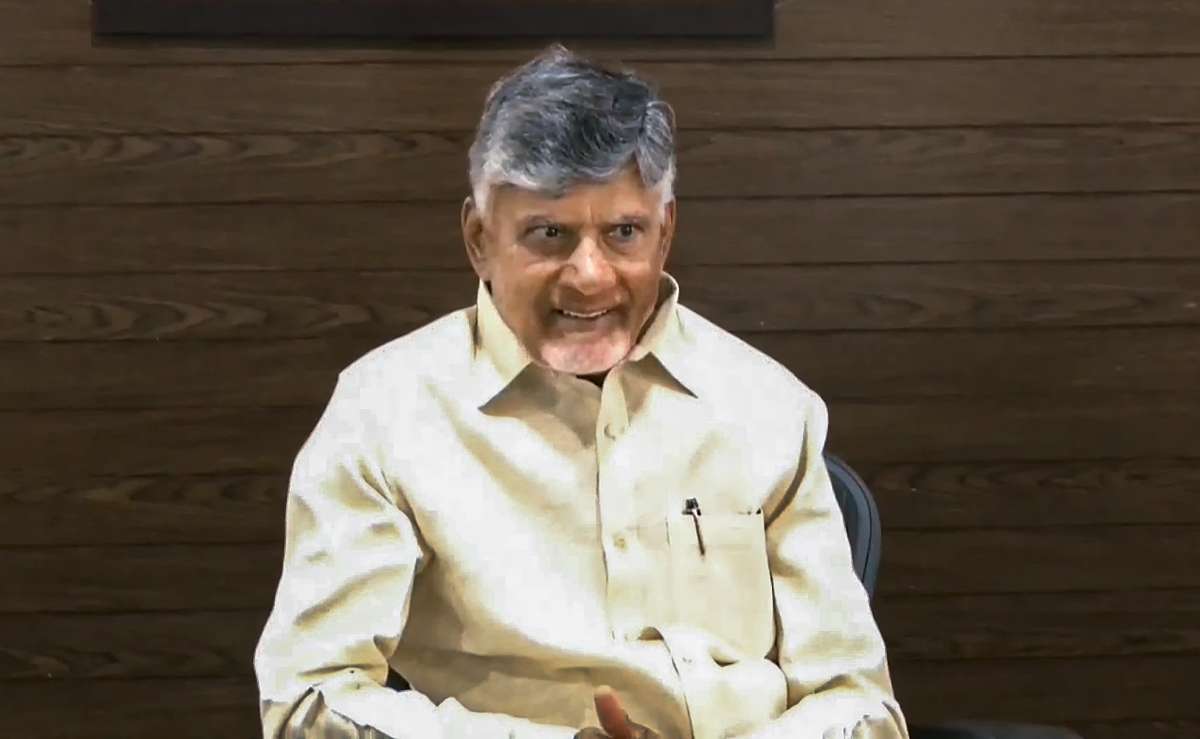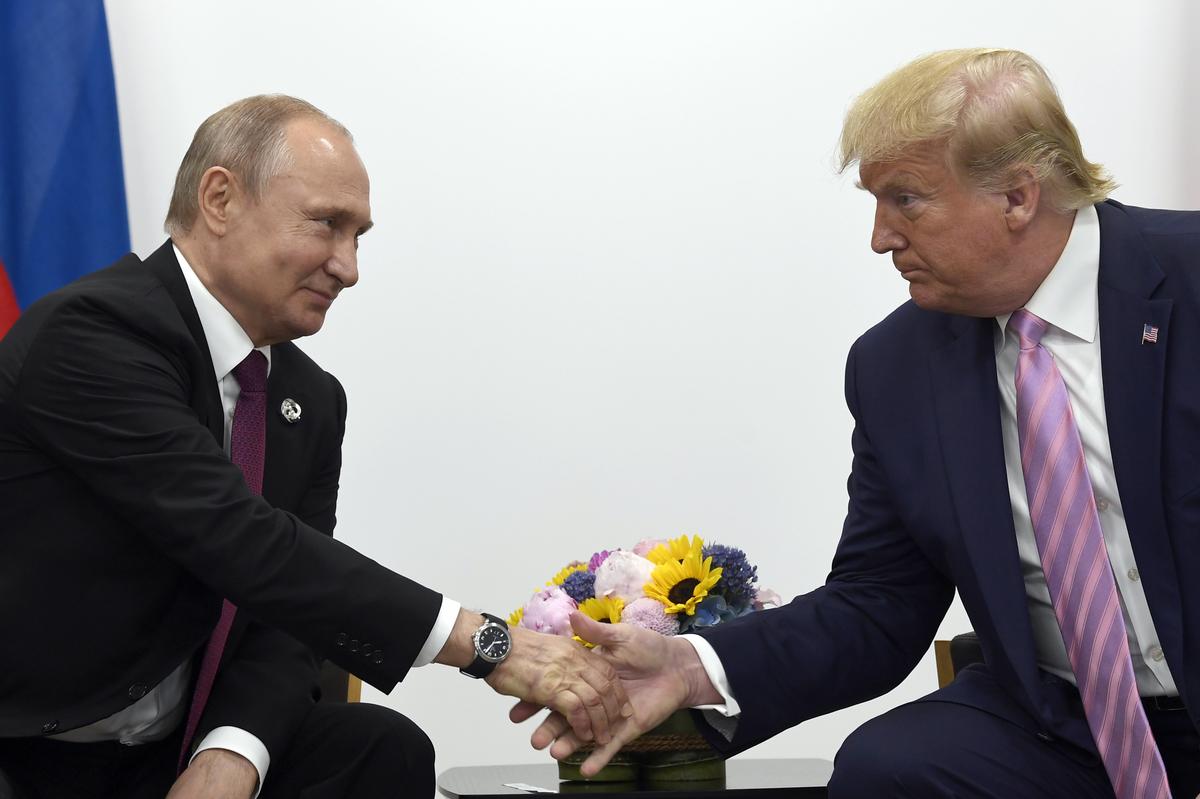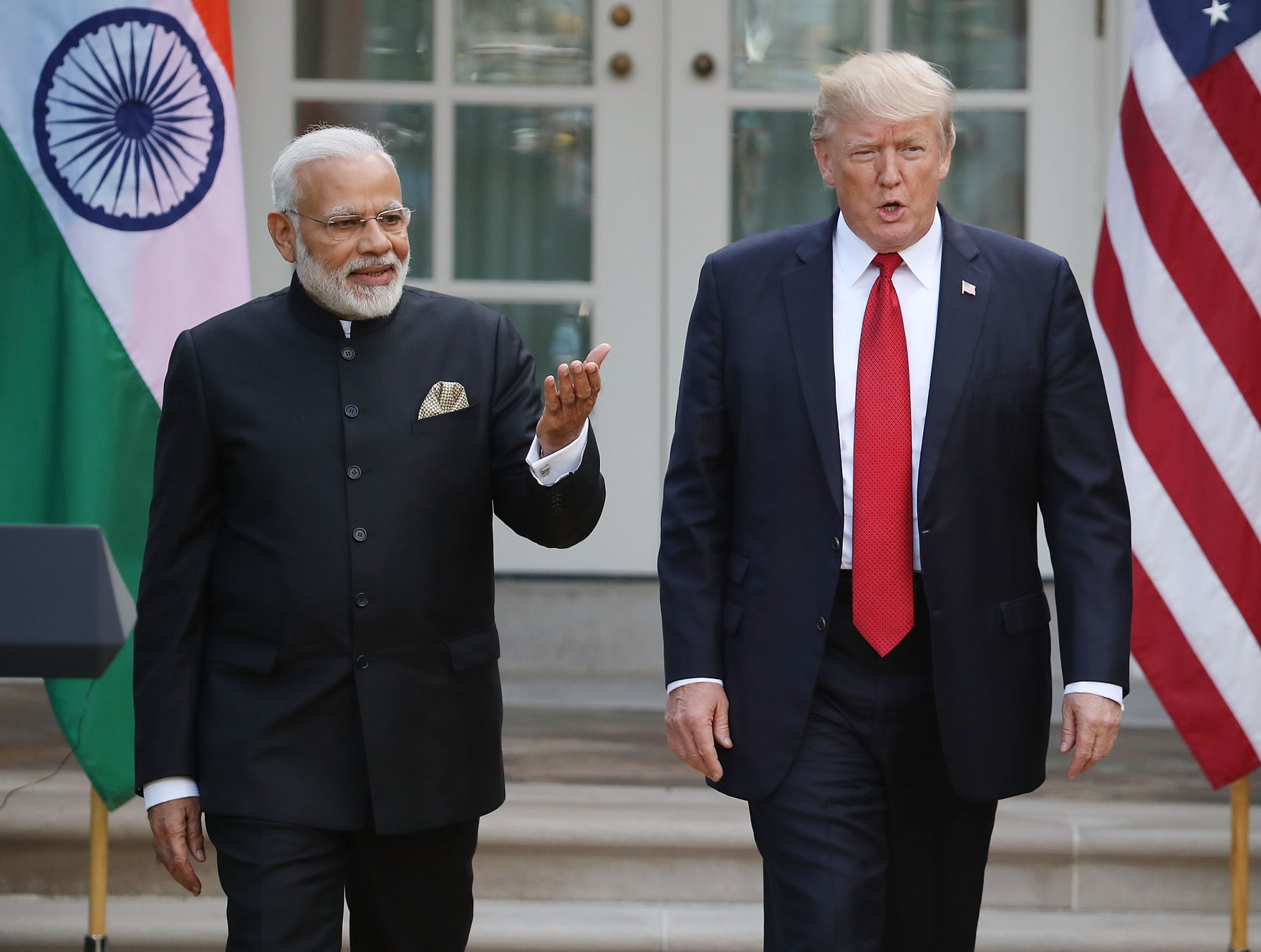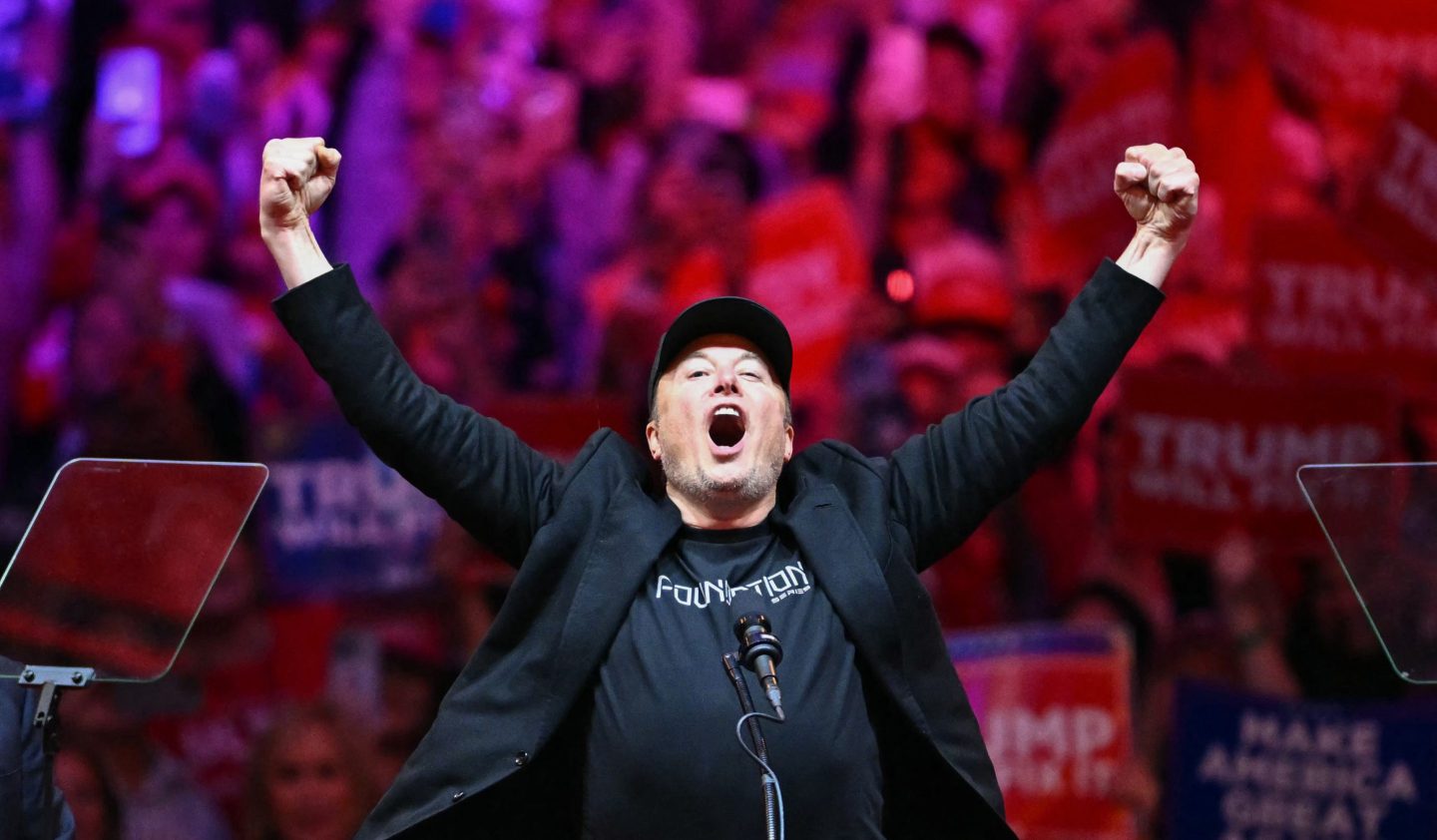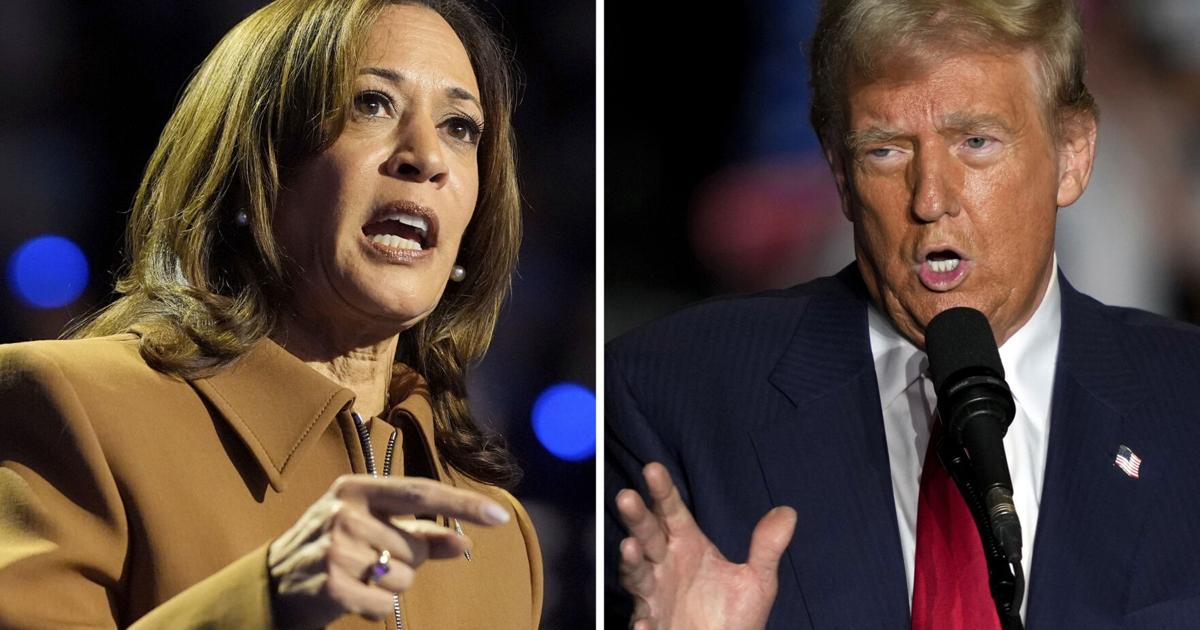Home / us-election / A Bold Plan to Increase Presidential Authority and Support Conservative Governance
A Bold Plan to Increase Presidential Authority and Support Conservative Governance
By: My India Times
5 minutes read 44Updated At: 2025-02-17
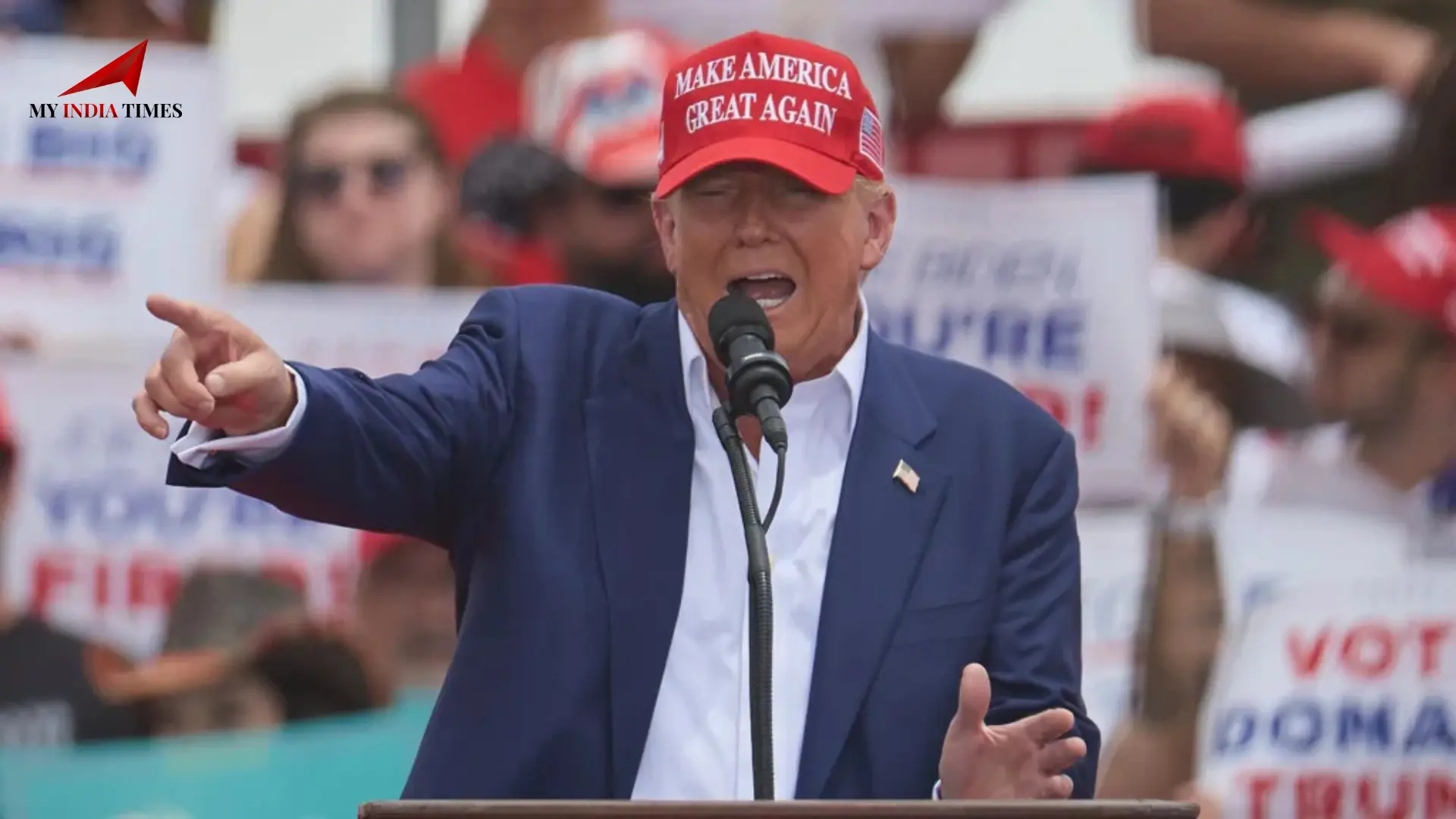
Project 2025 is an extensive 900-page document that encompasses policy recommendations aimed at significantly transforming the structure of the United States government in the event of a second Trump administration. Developed by the Heritage Foundation, a prominent conservative think tank, this initiative outlines a strategic approach to consolidating presidential authority, redefining societal standards, and fundamentally reshaping essential governmental institutions.
Although Donald Trump has publicly distanced himself from this document, his campaign has adopted many of its proposals. Several architects of the plan have been appointed to senior government roles, and some of its pivotal policies are already influencing the administration's executive actions.
The Origins and Influence of Project 2025
Project 2025 is not an isolated initiative. The Heritage Foundation has been drafting conservative policy blueprints for Republican administrations since 1981, when Ronald Reagan first took office. The organization has a long history of influencing Republican presidents, boasting that nearly two-thirds of its recommendations were implemented within the first year of Trump's initial term.
The latest iteration of this plan was introduced in April 2023 but remained largely under the radar until the heat of the 2024 presidential campaign, when Democrats began aggressively opposing it. The "Stop Project 2025 Task Force" was launched by Democratic lawmakers, including a tip line to track the project's activities.
Despite Trump’s public disavowal of the plan in July 2024, several of its authors, such as Russell Vought and John Ratcliffe, have been nominated to powerful government positions. This raises serious questions about the extent to which Project 2025 is already shaping policy behind the scenes.
Restructuring Government: Centralizing Power in the Presidency
A core pillar of Project 2025 is the reorganization of the federal government to enhance presidential control. The plan embraces the controversial "unitary executive theory," which posits that the president should have direct authority over all federal agencies, including traditionally independent bodies like the Department of Justice and the FBI.
Additionally, Project 2025 seeks to eliminate job protections for tens of thousands of federal workers, allowing Trump to replace career civil servants with political loyalists. These changes would give the White House sweeping power to reshape federal agencies and enforce policy without bureaucratic resistance.
Trump has already moved to implement elements of this agenda, including an order freezing federal hiring and stripping civil servants of job security. Meanwhile, an unofficial advisory group led by Elon Musk and dubbed the Department of Government Efficiency (DOGE) has been tasked with identifying areas for massive spending cuts—though the legality and authority of this group remain murky.
Social Policies: Redefining Family, Gender, and Reproductive Rights
Project 2025 takes a hardline conservative stance on social issues, aiming to redefine family and gender roles according to a biblical framework. The document calls for the Department of Health and Human Services to adopt a definition of marriage and family rooted in “biblical principles and social science.”
On abortion, the document proposes a significant rollback of reproductive rights, including withdrawing FDA approval for the abortion pill mifepristone and banning its distribution by mail. While it does not explicitly call for a national abortion ban, it outlines numerous regulatory and legal strategies to make abortion services nearly inaccessible.
Trump has distanced himself from calls for a national ban, instead suggesting that abortion policy should be left to individual states. However, his administration has taken steps aligned with Project 2025, including banning federal funding for abortion services and initiating a review of mifepristone’s safety record.
Immigration: A Crackdown on Border Policies
Project 2025 aligns closely with Trump’s aggressive immigration stance, proposing significant restrictions on immigration and an expansion of border enforcement. While the document does not explicitly endorse mass deportations, it calls for eliminating humanitarian visa programs, imposing steep fees on immigrants, and merging immigration enforcement agencies into a single, more powerful entity.
Trump’s administration has already taken steps in this direction, securing funding to expand the US-Mexico border wall and preparing executive orders to enforce stricter immigration laws. Unlike Project 2025, which focuses on bureaucratic restructuring, Trump has doubled down on promises to deport millions of undocumented immigrants—a policy likely to face intense legal and political challenges.
Energy and Climate: Prioritizing Fossil Fuels Over Environmental Protections
Trump’s well-known stance on energy aligns closely with the proposals outlined in Project 2025. The document advocates for slashing federal funding for renewable energy research, rolling back environmental regulations, and prioritizing fossil fuel production under the mantra of “Drill, baby, drill.”
One of Trump's first actions in office was withdrawing from the Paris Agreement on climate change, signaling his administration’s commitment to fossil fuel expansion. While the Project 2025 document presents competing views on trade policies, Trump has already chosen the more protectionist approach, imposing tariffs on key global competitors like China, Canada, and Mexico.
Education and Technology: Targeting "Woke" Ideology
Project 2025 places significant emphasis on dismantling diversity, equity, and inclusion (DEI) programs across federal agencies and the education system. The document calls for the abolition of the Department of Education, greater school choice initiatives to fund religious and private schools, and a ban on government recognition of gender identities outside the male-female binary.
Trump has already taken executive action to end DEI initiatives in federal institutions and has proposed policies mirroring Project 2025’s approach to education. However, some of the document’s more extreme proposals—such as banning pornography and shutting down tech platforms that distribute adult content—have not yet been publicly embraced by his administration.
The Road Ahead: Uncertainty and Resistance
The full extent to which Project 2025 will shape Trump’s second term remains unclear. While many of its key architects are now embedded in government roles, and several of its policies are being implemented, the administration has stopped short of fully endorsing the document.
Democrats and progressive organizations have vowed to oppose Project 2025’s most controversial elements, launching legal challenges and political campaigns to block its implementation. Given the deep political polarization in the U.S., many of the plan’s proposals are likely to face significant resistance in Congress and the courts.
However, one thing is certain: Project 2025 is not merely a set of theoretical proposals—it is a concrete blueprint for how Trump and his allies plan to govern. Whether or not it succeeds in its entirety, its influence on the next four years of American politics will be undeniable.
....
Project 2025 is an extensive 900-page document that encompasses policy recommendations aimed at significantly transforming the structure of the United States government in the event of a second Trump administration. Developed by the Heritage Foundation, a prominent conservative think tank, this initiative outlines a strategic approach to consolidating presidential authority, redefining societal standards, and fundamentally reshaping essential governmental institutions.
Although Donald Trump has publicly distanced himself from this document, his campaign has adopted many of its proposals. Several architects of the plan have been appointed to senior government roles, and some of its pivotal policies are already influencing the administration's executive actions.
The Origins and Influence of Project 2025
Project 2025 is not an isolated initiative. The Heritage Foundation has been drafting conservative policy blueprints for Republican administrations since 1981, when Ronald Reagan first took office. The organization has a long history of influencing Republican presidents, boasting that nearly two-thirds of its recommendations were implemented within the first year of Trump's initial term.
The latest iteration of this plan was introduced in April 2023 but remained largely under the radar until the heat of the 2024 presidential campaign, when Democrats began aggressively opposing it. The "Stop Project 2025 Task Force" was launched by Democratic lawmakers, including a tip line to track the project's activities.
Despite Trump’s public disavowal of the plan in July 2024, several of its authors, such as Russell Vought and John Ratcliffe, have been nominated to powerful government positions. This raises serious questions about the extent to which Project 2025 is already shaping policy behind the scenes.
Restructuring Government: Centralizing Power in the Presidency
A core pillar of Project 2025 is the reorganization of the federal government to enhance presidential control. The plan embraces the controversial "unitary executive theory," which posits that the president should have direct authority over all federal agencies, including traditionally independent bodies like the Department of Justice and the FBI.
Additionally, Project 2025 seeks to eliminate job protections for tens of thousands of federal workers, allowing Trump to replace career civil servants with political loyalists. These changes would give the White House sweeping power to reshape federal agencies and enforce policy without bureaucratic resistance.
Trump has already moved to implement elements of this agenda, including an order freezing federal hiring and stripping civil servants of job security. Meanwhile, an unofficial advisory group led by Elon Musk and dubbed the Department of Government Efficiency (DOGE) has been tasked with identifying areas for massive spending cuts—though the legality and authority of this group remain murky.
Social Policies: Redefining Family, Gender, and Reproductive Rights
Project 2025 takes a hardline conservative stance on social issues, aiming to redefine family and gender roles according to a biblical framework. The document calls for the Department of Health and Human Services to adopt a definition of marriage and family rooted in “biblical principles and social science.”
On abortion, the document proposes a significant rollback of reproductive rights, including withdrawing FDA approval for the abortion pill mifepristone and banning its distribution by mail. While it does not explicitly call for a national abortion ban, it outlines numerous regulatory and legal strategies to make abortion services nearly inaccessible.
Trump has distanced himself from calls for a national ban, instead suggesting that abortion policy should be left to individual states. However, his administration has taken steps aligned with Project 2025, including banning federal funding for abortion services and initiating a review of mifepristone’s safety record.
Immigration: A Crackdown on Border Policies
Project 2025 aligns closely with Trump’s aggressive immigration stance, proposing significant restrictions on immigration and an expansion of border enforcement. While the document does not explicitly endorse mass deportations, it calls for eliminating humanitarian visa programs, imposing steep fees on immigrants, and merging immigration enforcement agencies into a single, more powerful entity.
Trump’s administration has already taken steps in this direction, securing funding to expand the US-Mexico border wall and preparing executive orders to enforce stricter immigration laws. Unlike Project 2025, which focuses on bureaucratic restructuring, Trump has doubled down on promises to deport millions of undocumented immigrants—a policy likely to face intense legal and political challenges.
Energy and Climate: Prioritizing Fossil Fuels Over Environmental Protections
Trump’s well-known stance on energy aligns closely with the proposals outlined in Project 2025. The document advocates for slashing federal funding for renewable energy research, rolling back environmental regulations, and prioritizing fossil fuel production under the mantra of “Drill, baby, drill.”
One of Trump's first actions in office was withdrawing from the Paris Agreement on climate change, signaling his administration’s commitment to fossil fuel expansion. While the Project 2025 document presents competing views on trade policies, Trump has already chosen the more protectionist approach, imposing tariffs on key global competitors like China, Canada, and Mexico.
Education and Technology: Targeting "Woke" Ideology
Project 2025 places significant emphasis on dismantling diversity, equity, and inclusion (DEI) programs across federal agencies and the education system. The document calls for the abolition of the Department of Education, greater school choice initiatives to fund religious and private schools, and a ban on government recognition of gender identities outside the male-female binary.
Trump has already taken executive action to end DEI initiatives in federal institutions and has proposed policies mirroring Project 2025’s approach to education. However, some of the document’s more extreme proposals—such as banning pornography and shutting down tech platforms that distribute adult content—have not yet been publicly embraced by his administration.
The Road Ahead: Uncertainty and Resistance
The full extent to which Project 2025 will shape Trump’s second term remains unclear. While many of its key architects are now embedded in government roles, and several of its policies are being implemented, the administration has stopped short of fully endorsing the document.
Democrats and progressive organizations have vowed to oppose Project 2025’s most controversial elements, launching legal challenges and political campaigns to block its implementation. Given the deep political polarization in the U.S., many of the plan’s proposals are likely to face significant resistance in Congress and the courts.
However, one thing is certain: Project 2025 is not merely a set of theoretical proposals—it is a concrete blueprint for how Trump and his allies plan to govern. Whether or not it succeeds in its entirety, its influence on the next four years of American politics will be undeniable.
By: My India Times
Updated At: 2025-02-17
Tags: us-election News | My India Times News | Trending News | Travel News
Join our WhatsApp Channel





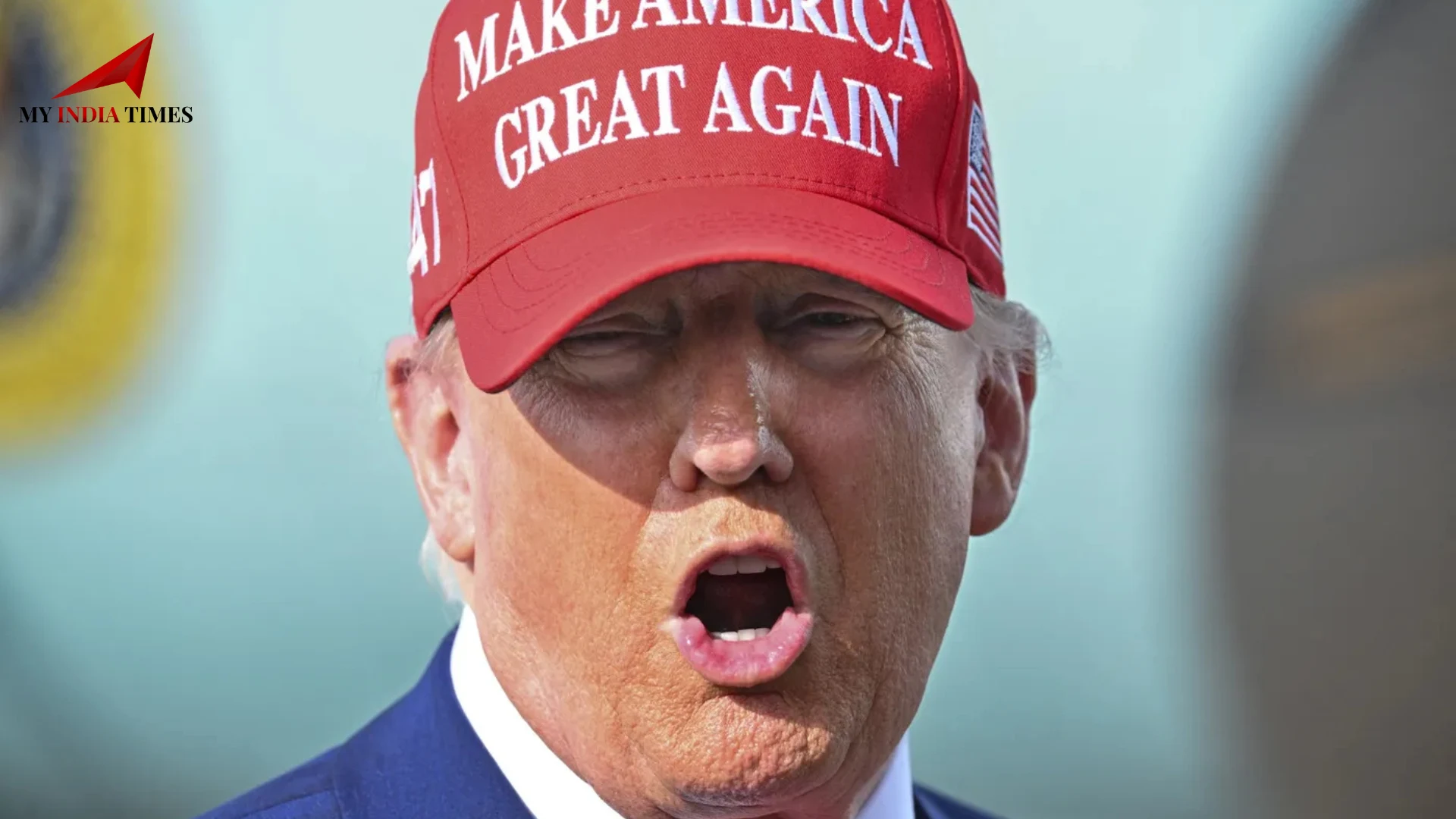
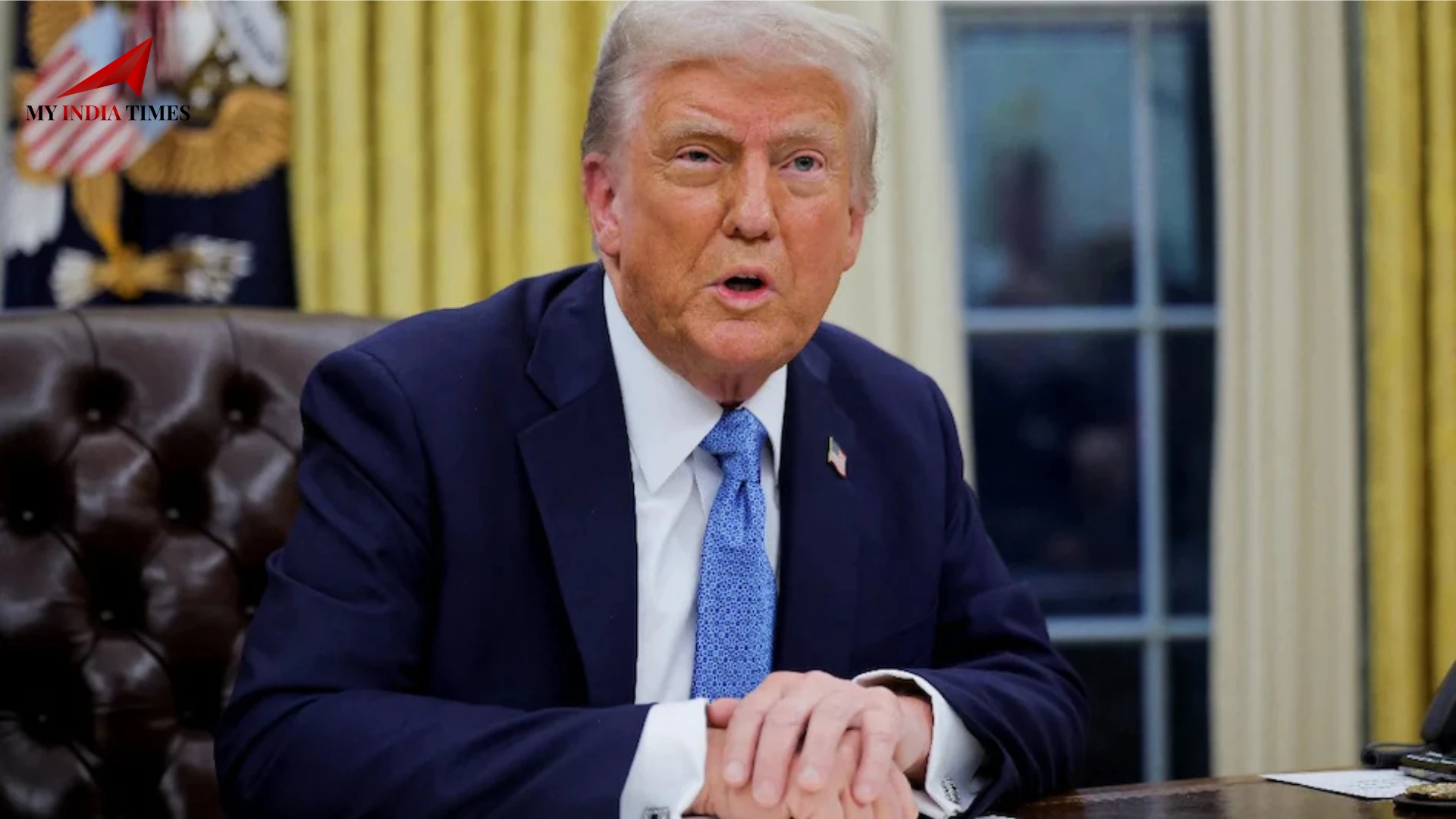


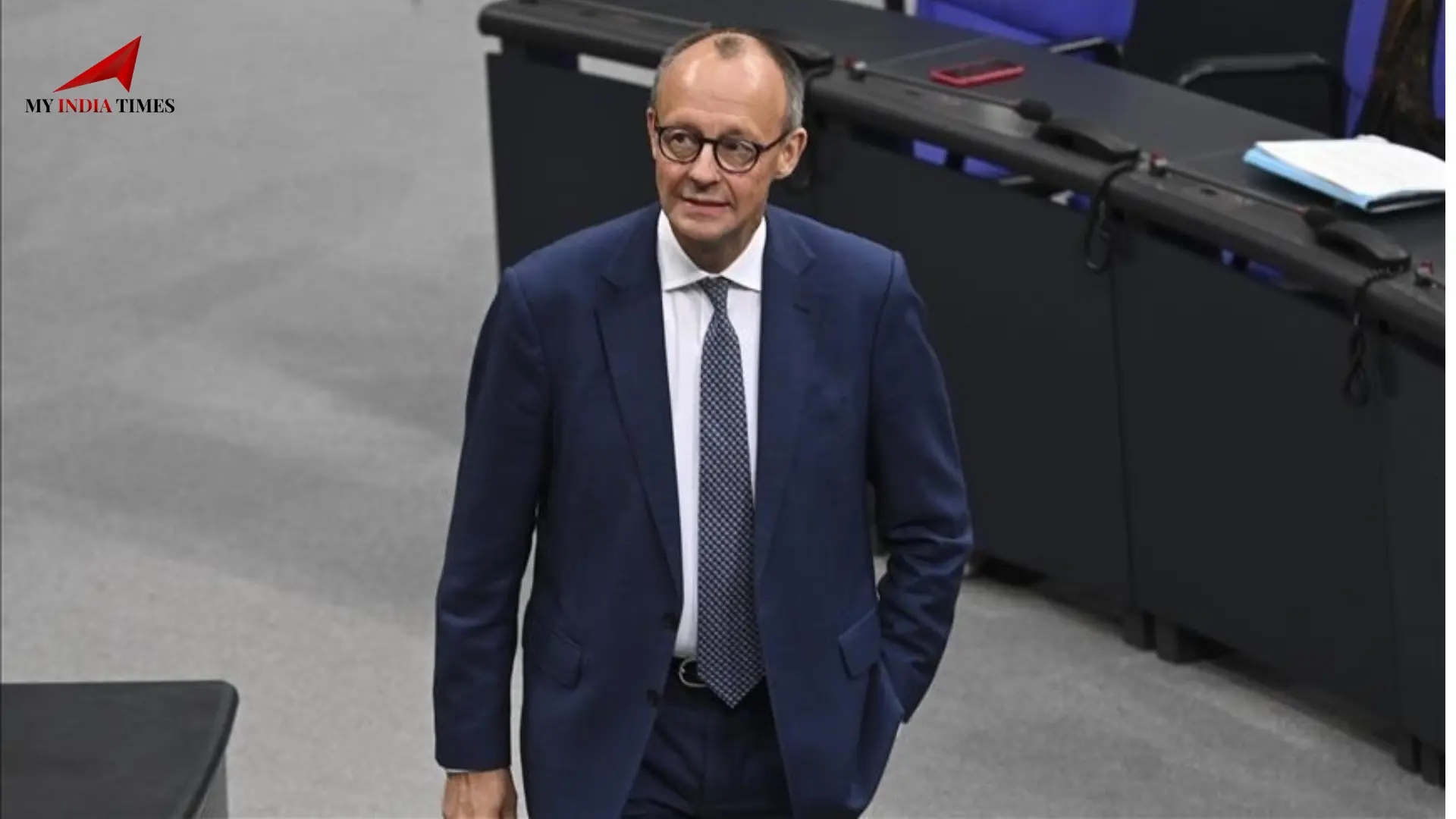

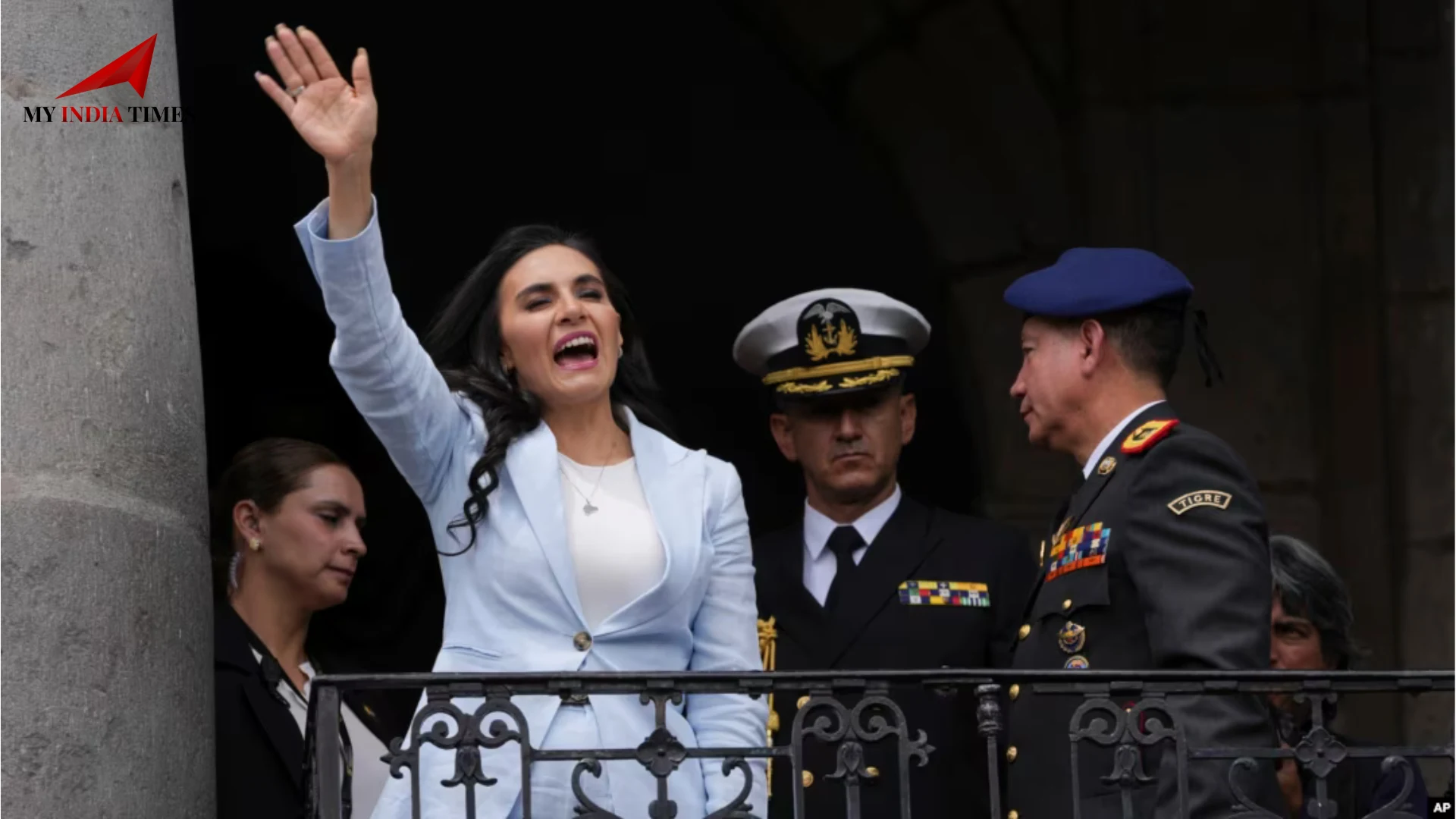


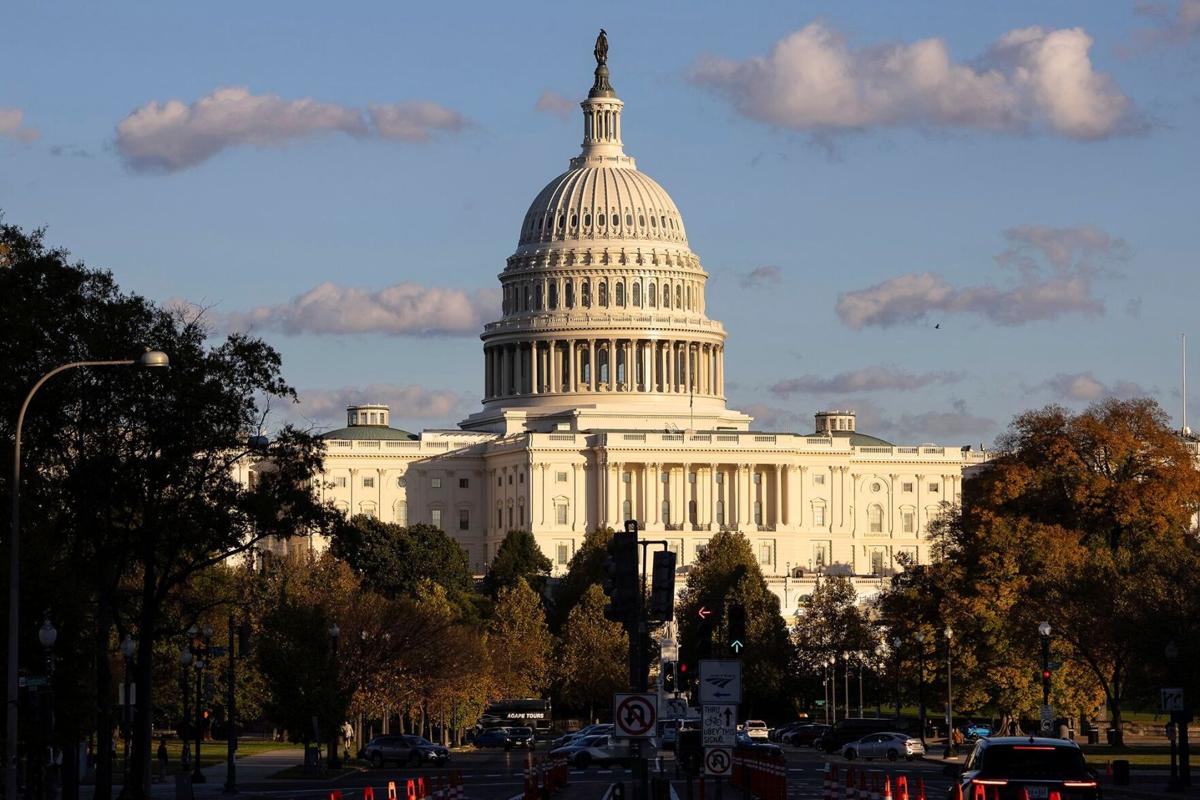

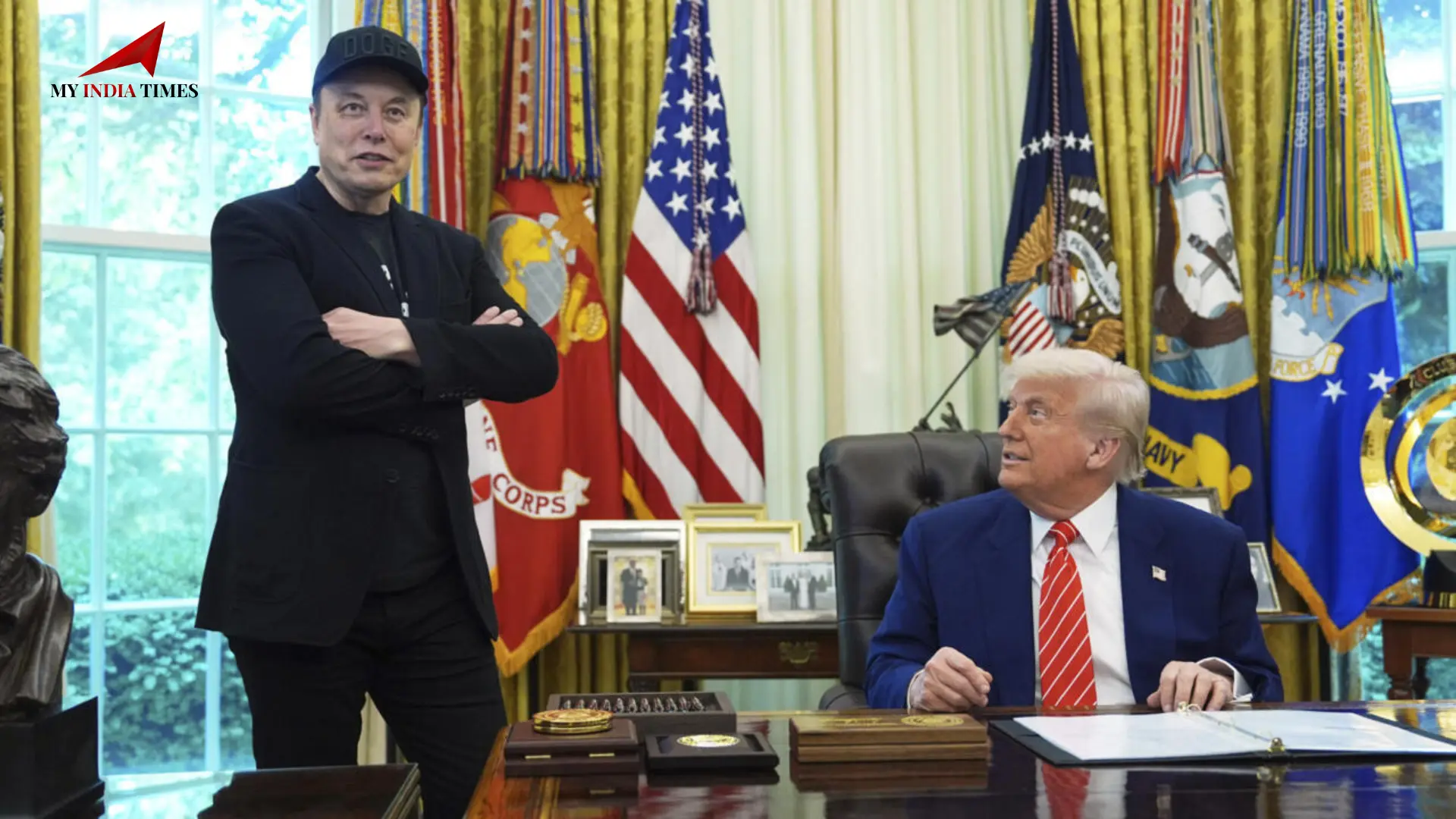



















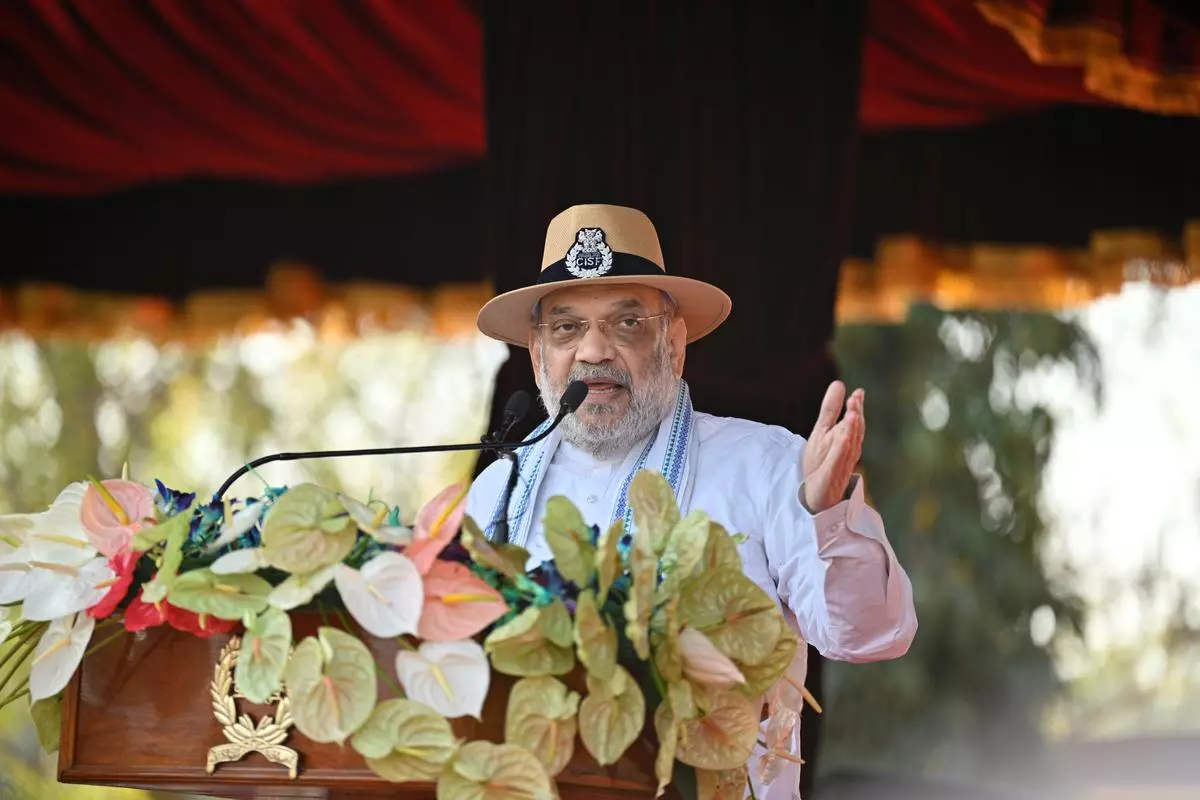












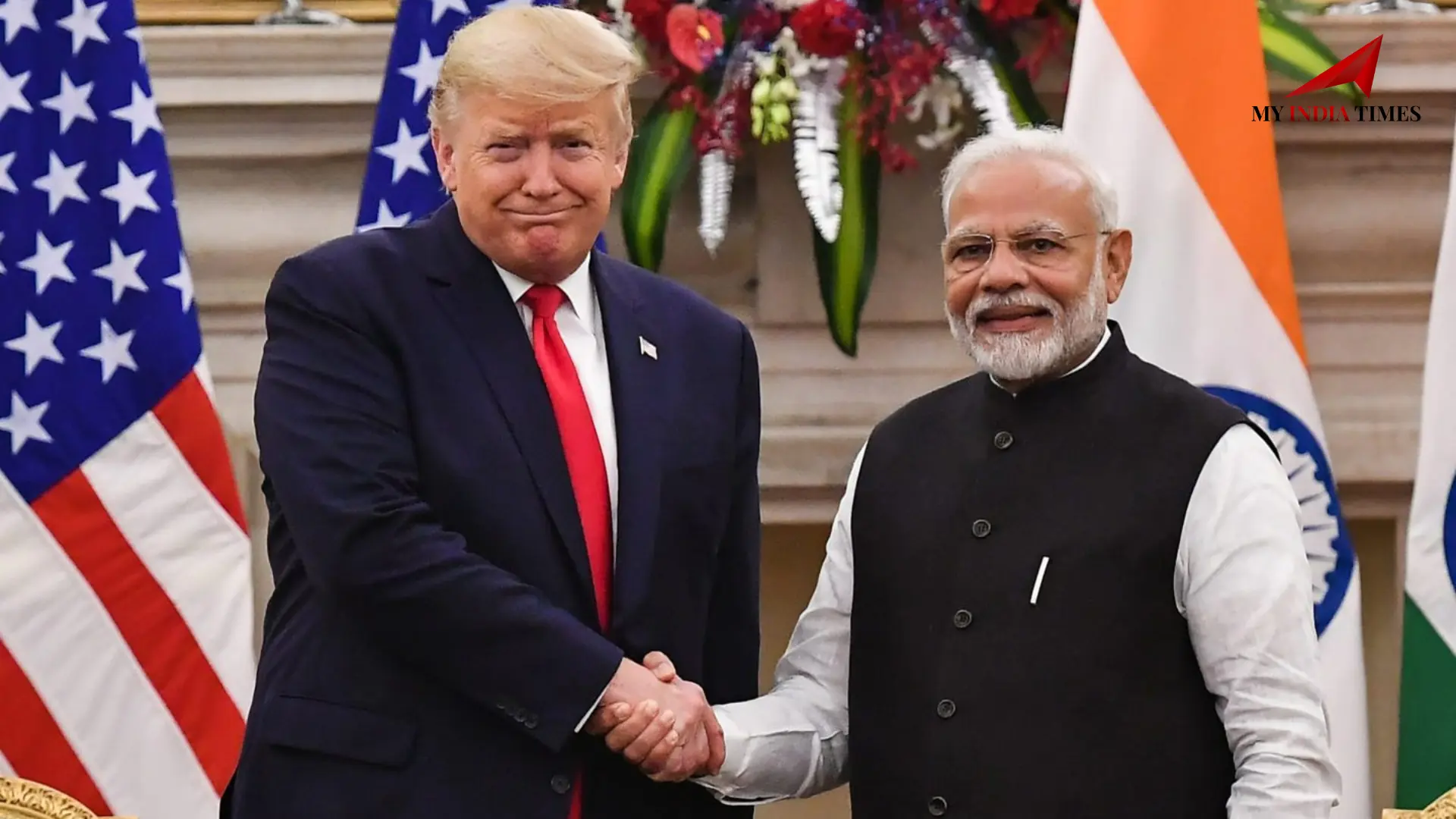








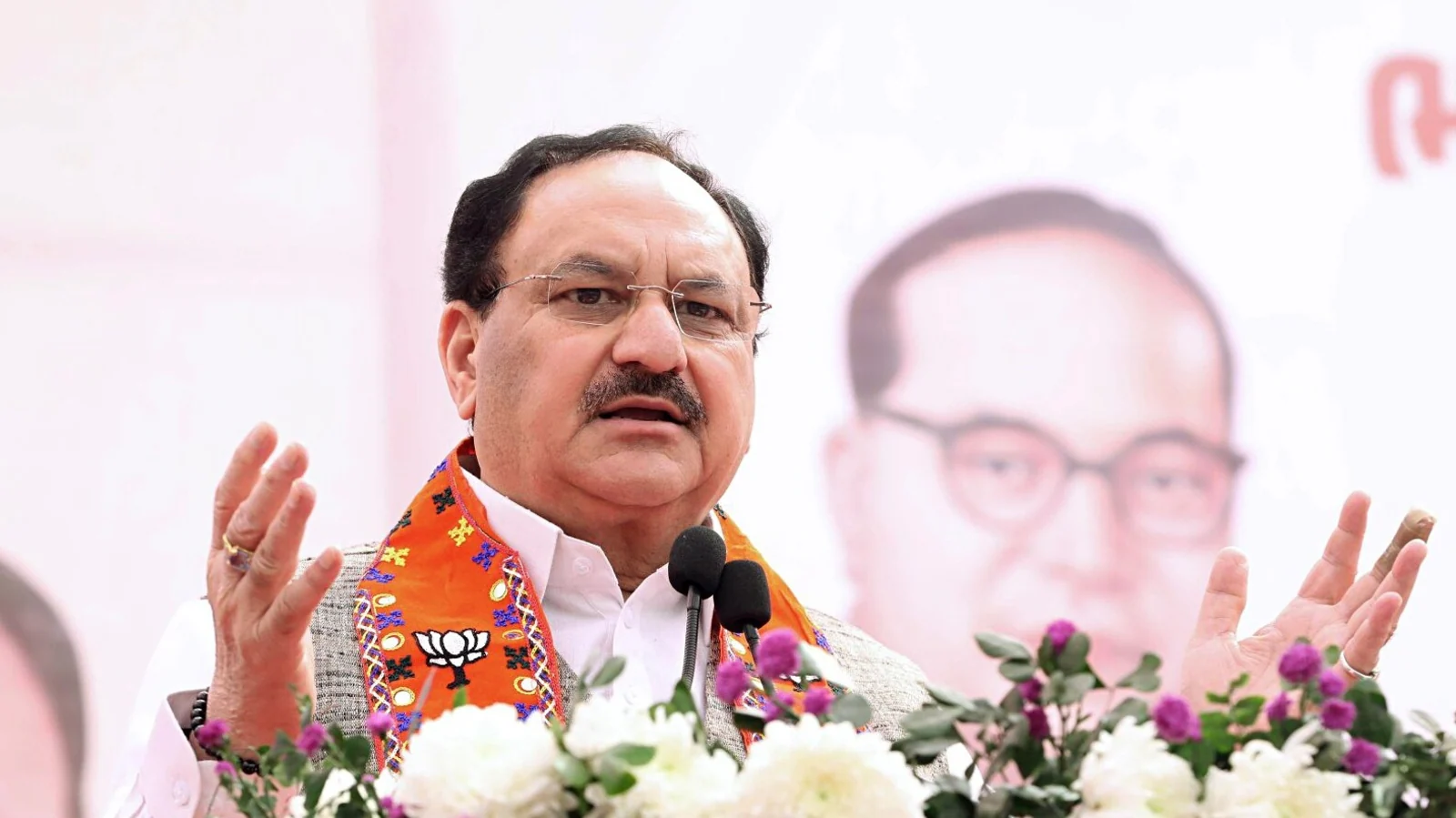



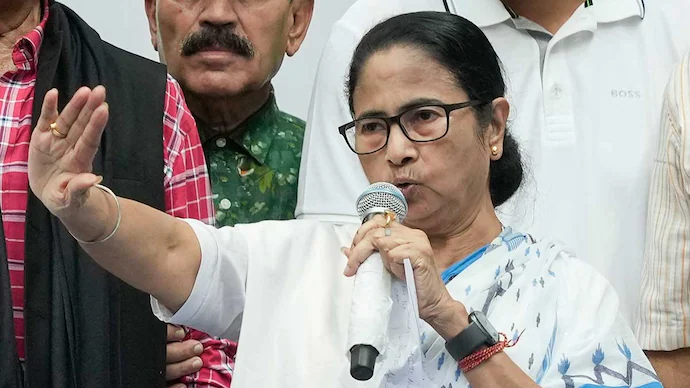











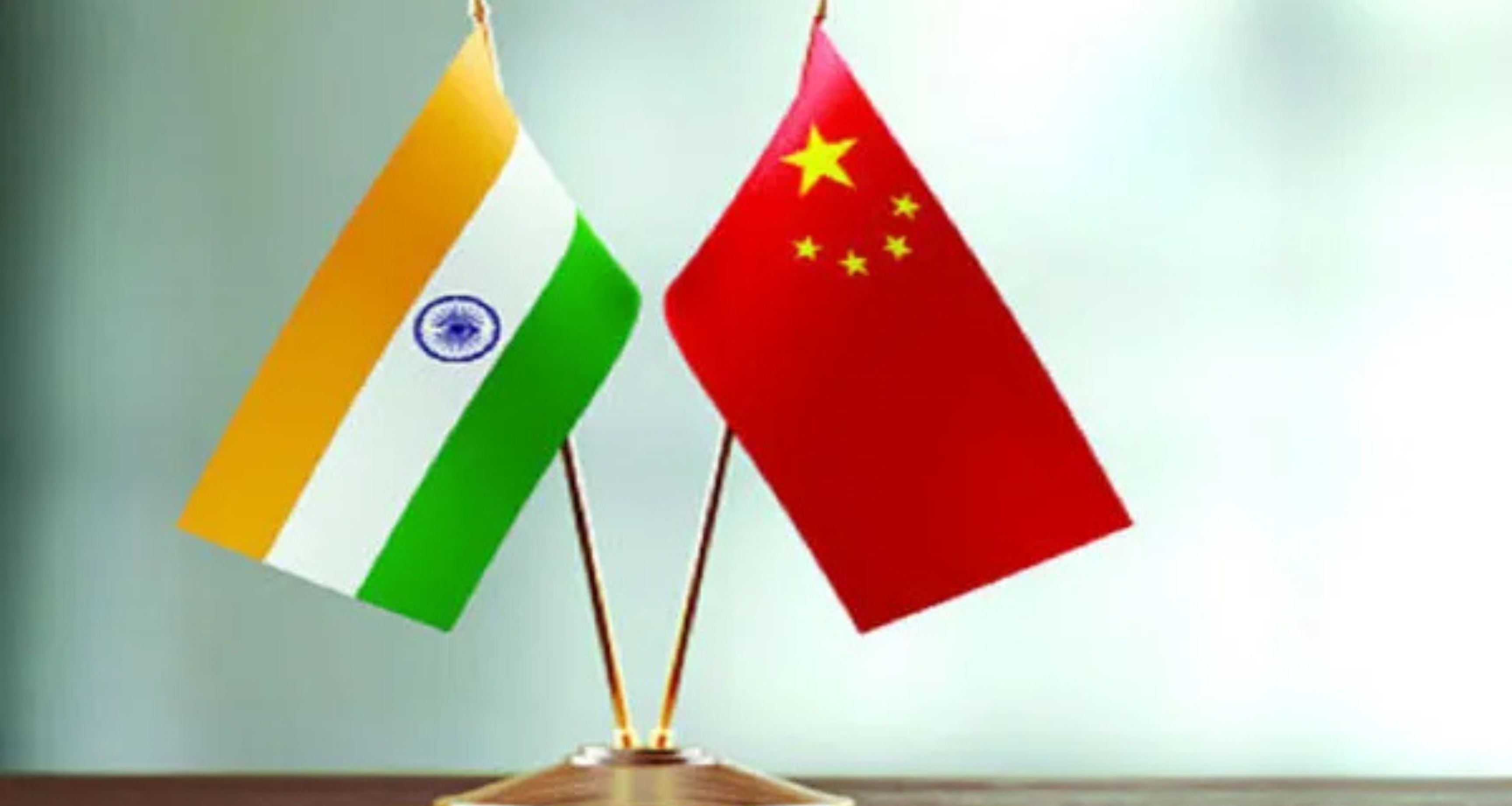






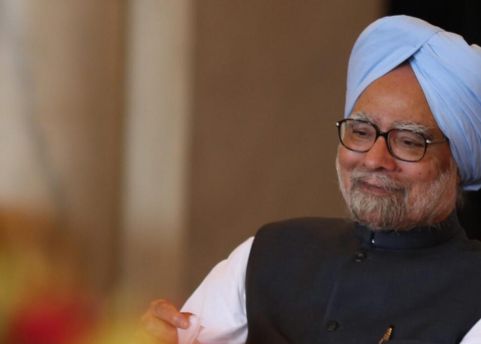









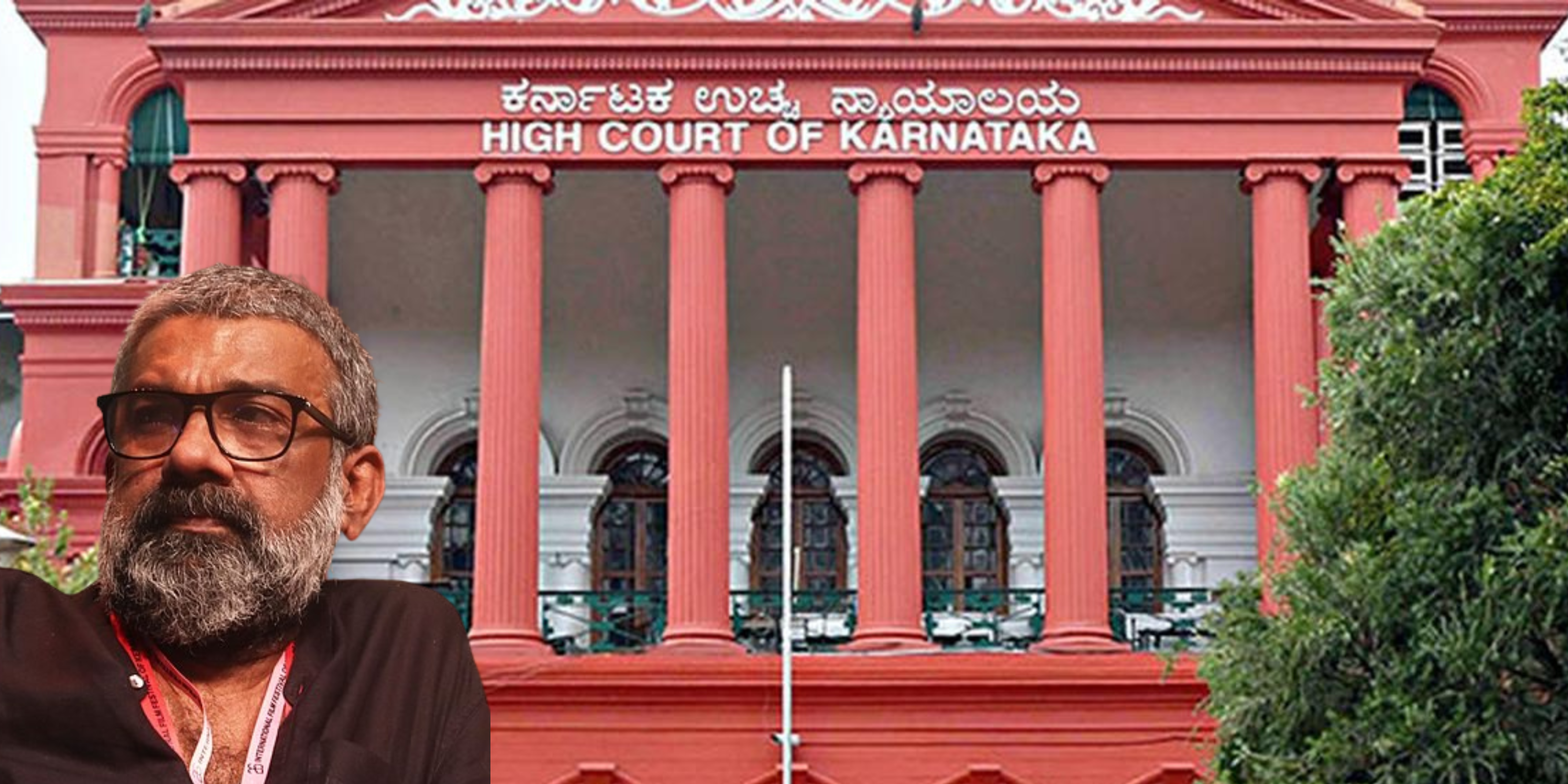
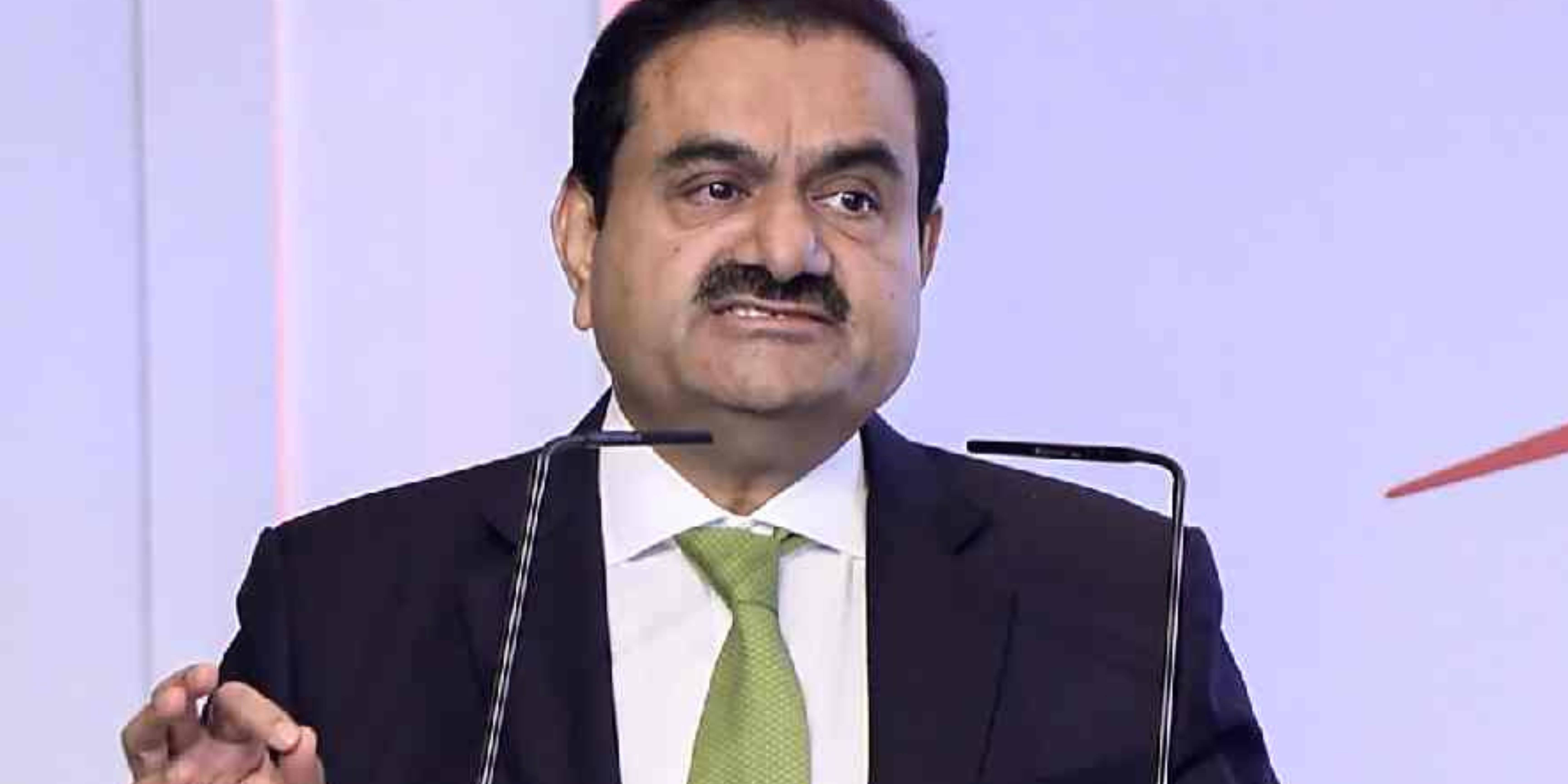



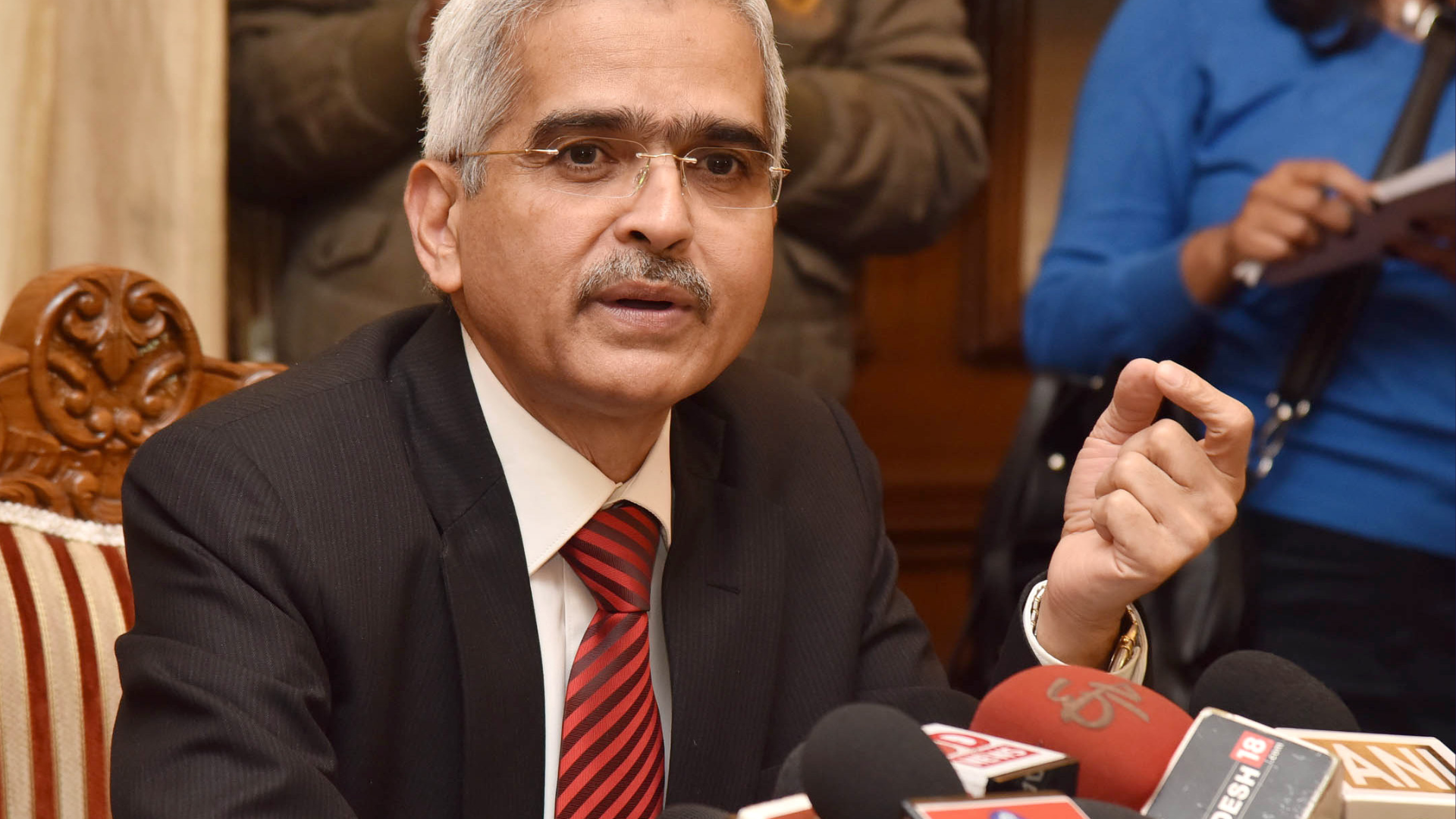







.png)
 (1).png)

